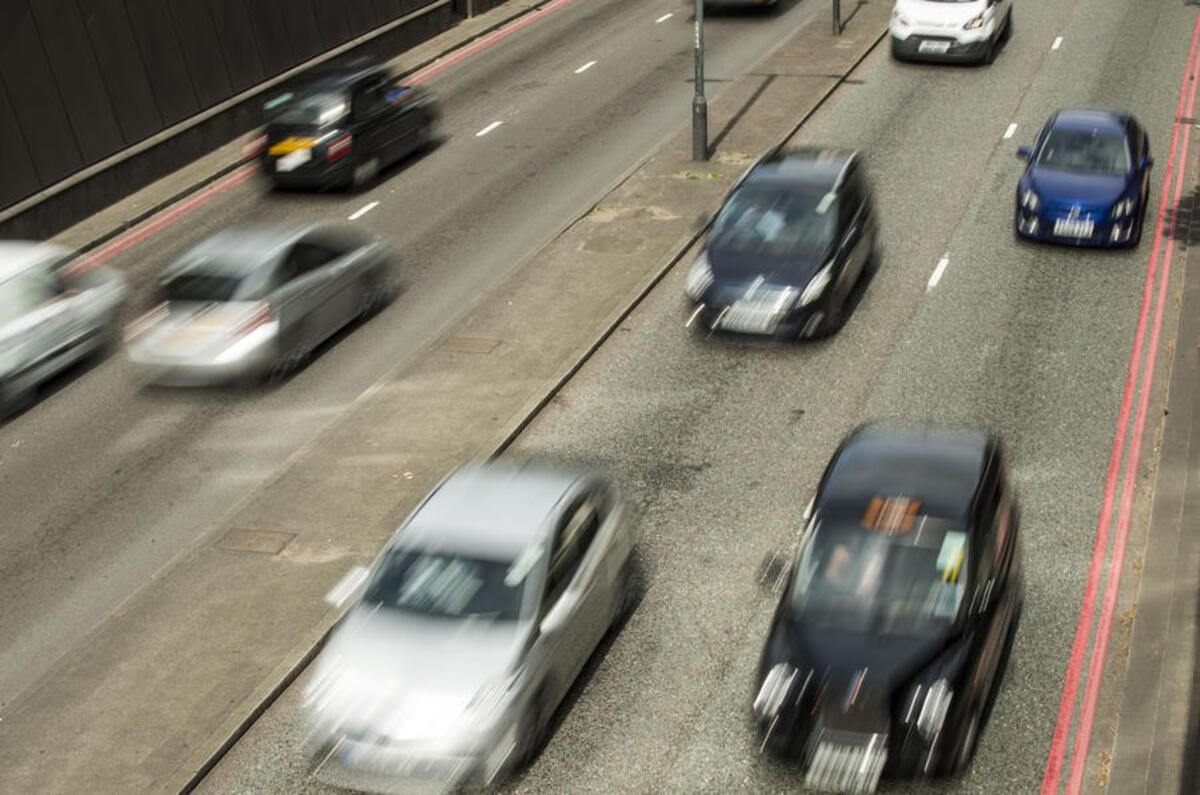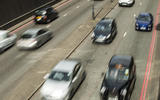Over the next few months, you could drive home one night, park up and then get in your car the next morning only to find that it's 20% less fuel efficient and 20% more polluting than when you last turned the key.
How so? Well, the car you had yesterday will obviously still be the same as it is today, but its official – on paper – efficiency and environmental ratings will be certified to a new, tougher standard, called the Worldwide Harmonised Light Vehicle Test Procedure (WLTP), with nitrogen oxides (NOx) and particulate figures verified by the Real Driving Emissions (RDE) test which, as its name suggests, will be conducted on real roads.
That the tests are complex is not in doubt: engineers at Mercedes-Benz estimate they take twice as long as the previous – and now discredited – New European Driving Cycle (NEDC) test, and that the legislative requirements, including paperwork, are currently “turning jobs that took weeks into ones that take months”.
How will car makers meet new CO2 laws?
Discussions about the new regulations began in November 2007 at the United Nations Economic Commission for Europe (UNECE), when concerns at the mismatch between NEDC and achievable real-world figures first hit the headlines. That the new regulations arrive so soon after the Volkswagen-instigated Dieselgate affair is mostly coincidence, but their implementation sped up and industry opposition faded quickly in the face of the scandal.
Mike Hawes, chairman of the Society of Motor Manufacturers & Traders (SMMT), said: “This is an opportunity to reassure consumers that their cars will achieve figures much closer to the official ones.”

The standards are being phased in over time and should start to hit the mainstream from this autumn, when the results will have to be formally declared. Testing has already begun, with authorities using the interim period to work out an accurate conversion between new and old measurement systems so that fair comparisons can be drawn. The German Association of the Automotive Industry (VDA) estimates that, on average, fuel economy and CO2 figures will increase by 22%.







Join the debate
Add your comment
Conversion?
How can they convert between NEDC and WLTP? My 2014 Civic averages almost exactly the 46mpg the NEDC figure says it will yet my 2011 Focus got no where near its claimed 67mpg, averaging around 53mpg. You couldn't just convert like you do between inches and centimetres, it would have to be a very complex calculation.
People are only reading the bits they want to
It states quite categorically that the planned changes to the tests pre-date the discovery of car manufacturers cheating the old ones...
And all because they cheated
They use cheat devices to turn off emissions control during the lab tests. They also used various other dodgy measures to make sure that the "road load" used on the static tests were much less that the actual load during driving.
There is nothing fundementaly wrong with the NEDC. It's all down to cheating and now the motorist is picking up the tab for manufacturers deceptions.
Manufacturers aren't solely to blame
The tests were not fit for purpose. They were designed originally to measure toxic emissions in stop start city traffic, were not adequately specified and were not carried out independently. Who can blame the manufacturers for designing cars to perform well in these tests and for optimising the results within allowable test conditions?